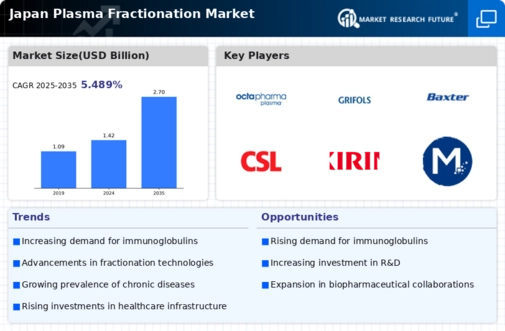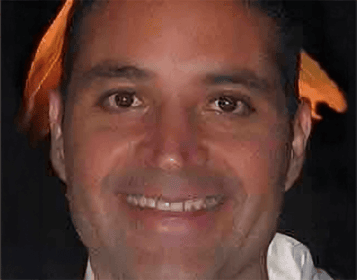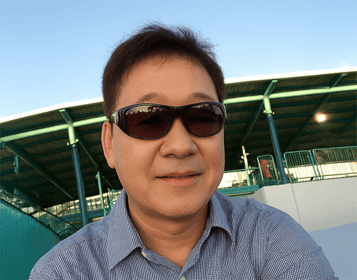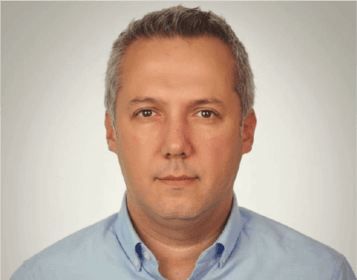The Japan Plasma Fractionation Market is characterized by its rapidly evolving landscape, driven by advancements in medical science and increasing demand for high-quality plasma-derived products. This market encompasses a diverse range of stakeholders, including major pharmaceutical companies, biotechnology firms, and healthcare institutions, all vying for a significant share of the growing plasma therapeutics sector. As the population ages and the prevalence of various chronic conditions rises, the demand for immunoglobulins, clotting factors, and other plasma products has intensified.
Competitive insights reveal that players in this market focus on innovation, regulatory compliance, and strategic partnerships to enhance their market presence and cater to the evolving needs of patients and healthcare providers.Octapharma stands out in the Japan Plasma Fractionation Market through its commitment to high-quality plasma products and a robust portfolio. The company enjoys a strong reputation for its expertise in the development and manufacturing of plasma-derived therapies, catering to multiple therapeutic areas, including hematology, immunology, and critical care.
Octapharma’s presence in Japan is bolstered by its strategic collaborations with local healthcare providers and a proactive approach to regulatory compliance that ensures the timely delivery of essential therapies to patients. The company's strengths lie in its continuous investment in research and development, which facilitates the introduction of innovative solutions tailored to meet the specific needs of the Japanese market. This strategic focus has enabled Octapharma to effectively navigate the competitive landscape, positioning itself as a trusted leader in plasma fractionation.
Takeda Pharmaceutical Company also plays a significant role in the Japan Plasma Fractionation Market, bringing a wealth of experience and a diverse portfolio of plasma-derived products to the forefront. The company's key offerings include immunoglobulin therapies and clotting factor concentrates, addressing the needs of patients with various immune disorders and bleeding conditions. Takeda's strong market presence is reinforced by its established distribution network and collaborative partnerships with healthcare stakeholders across Japan. The company has made notable advancements through mergers and acquisitions, which have enhanced its capabilities in the plasma space and expanded its product offerings.
Takeda's strengths encompass its well-established brand reputation, a deep understanding of regulatory pathways, and a commitment to advancing patient-centric solutions that improve healthcare outcomes. Through these strategies, Takeda remains a pivotal player in the Japanese plasma fractionation landscape, continually adapting to market dynamics while delivering high-quality treatments to patients.

















